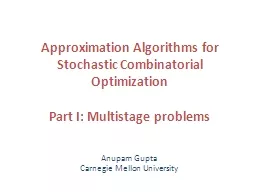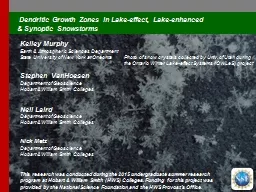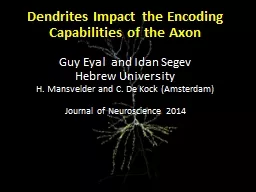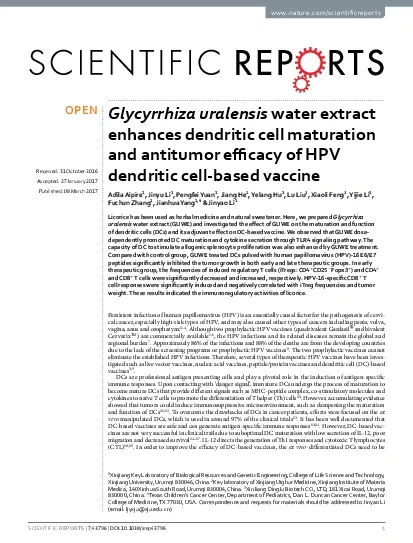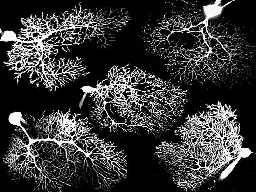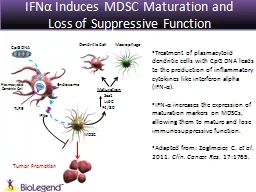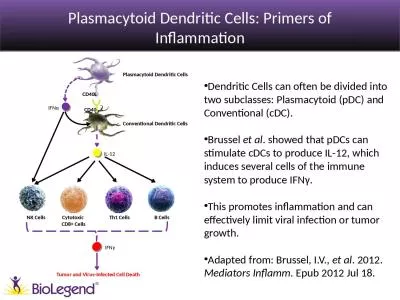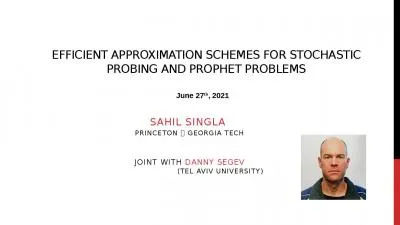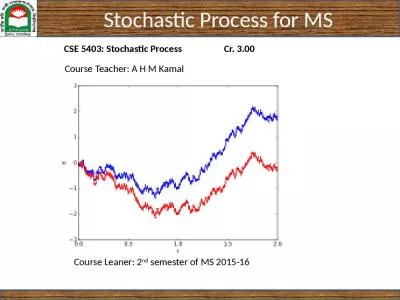PPT-Effect of Stochastic Synapatic and Dendritic Dynamics on Sy
Author : ellena-manuel | Published Date : 2017-10-01
Outline Overview Methods Results Overview Paper seeks to present a model to explain the many mechanisms behind LTP and LTD in the visual cortex and hippocampus
Presentation Embed Code
Download Presentation
Download Presentation The PPT/PDF document "Effect of Stochastic Synapatic and Dendr..." is the property of its rightful owner. Permission is granted to download and print the materials on this website for personal, non-commercial use only, and to display it on your personal computer provided you do not modify the materials and that you retain all copyright notices contained in the materials. By downloading content from our website, you accept the terms of this agreement.
Effect of Stochastic Synapatic and Dendritic Dynamics on Sy: Transcript
Download Rules Of Document
"Effect of Stochastic Synapatic and Dendritic Dynamics on Sy"The content belongs to its owner. You may download and print it for personal use, without modification, and keep all copyright notices. By downloading, you agree to these terms.
Related Documents



